9 Ways To Stay Warm In Cold Weather
There Is More Than One Way To Heat A Tent
Technique #1: Catalytic Propane Heaters
- Coleman
- Mr. Heater
- Camco
Used by the military it was too cumbersome and bulk for camping use. However, they now come in a variety of sizes. It will heat your tent nicely, it uses propane, and you can get 7 hours out of one nowadays. Coleman has its Cat series and they come in a variety of sizes that suits your needs. For 3,000 BTUs of heat, the Blackcat can do the trick and it is very portable and is quite popular as well.
Technique #2: Propane
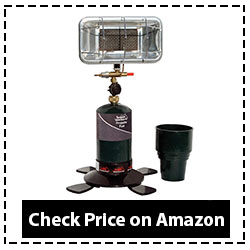 Straight propane is available as well that lets you heat a tent well with 3,000 BTUs and you have it all made to sit atop the propane tank itself, which saves you the hassle of running a hose and getting a regulator. You can use it on a golf cart or for a smaller sized tent.
Straight propane is available as well that lets you heat a tent well with 3,000 BTUs and you have it all made to sit atop the propane tank itself, which saves you the hassle of running a hose and getting a regulator. You can use it on a golf cart or for a smaller sized tent.
For larger sized tents, Zodi has a heater that is made for larger tents. It too uses propane, vents hot air into your tent, and keeps the Carbon Monoxide outside away from those sleeping inside.
Technique #3: Wood
Now the stove/heater we are looking at here doesn’t go inside the tent but position near the entrance you can heat a small tent toasty and warm using twigs, dried leaves, and other combustibles.
This is similar to using an open-air fire pit without the hassles.
Technique #4: Combo Fuels
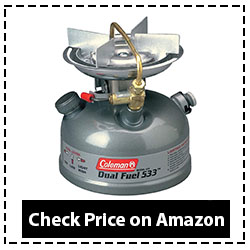 Again, not for inside a tent you have one that puts out the heat and uses two sources of liquid fuels, unleaded gas, and Coleman’s Liquid Fuel. This is a small unit but it will put out the heat you need to keep warm and Coleman’s fuel lasts longer than propane.
Again, not for inside a tent you have one that puts out the heat and uses two sources of liquid fuels, unleaded gas, and Coleman’s Liquid Fuel. This is a small unit but it will put out the heat you need to keep warm and Coleman’s fuel lasts longer than propane.
Technique #5: Electric
Comfort Zone Personal Heater/Fan CZ707
Electricity is another usable energy source that can be used to heat your tent and keep you warm when things start cooling down and you don’t want to start a campfire. Small and portable these types of heaters can fit the smaller tents like the one-man pop-ups and 2-3 dome tents as well. Comfort Zone has one that is ready for 1-person tents.
A more advanced way to get heat inside your tent
Climate right (Portable Climate Control Systems) has a tent heater and air conditioning system that brings camping into the 21st century. You can regulate your tent’s environment and it is as if you never left home.
This then gives you the benefits of central air conditioning while you are in the middle of the woods or at a campsite along with the Great Smokies. This type of system is designed for medium-sized tents of about 10′ X 10′ and will keep you warm or cool depending on the weather conditions.
Technique #1: Natural Wood Heat
Those are the ways to heat a tent using the conventional store-bought approach. This is great if you have the cash to spare and in some cases either have a generator for power or electricity where you are camping. Others use propane and the tanks can be heavy and may not last your entire stay out in the wilds.
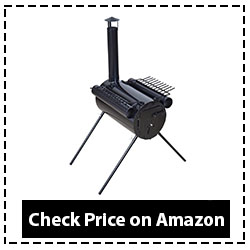 Well, Indians, the Mongols, and our pioneer ancestors had other ways of heating their homes and you can adapt them to your tent as well. The wood-burning stove is alive and well and it comes in many variations for tent use. The numerous pictures we link you to show you how diverse they are and they range in size to suit your needs.
Well, Indians, the Mongols, and our pioneer ancestors had other ways of heating their homes and you can adapt them to your tent as well. The wood-burning stove is alive and well and it comes in many variations for tent use. The numerous pictures we link you to show you how diverse they are and they range in size to suit your needs.
This classic might suit your needs and it comes to you from Amazon and TMS.
TMS Portable Military Camping Wood Stove Tent Heater Cot Camp Ice-Fishing Cooking Rv
It follows the old-style military camp stoves that were once used by the US army. It is made for larger tents like the cabin tents you see by lake properties where people live while building their retirement homes.
However, there are other sources of heat as well than wood.
Technique #2: The Corn/Rice Husk Stove
Here is a great substitute for those living where corn is abundant and you stock up before you decide to camp out for a weekend. The only drawback is the number of husks you are carrying in your SUV or RV, as it is not practical to backpack it in.
However, you can buy corn husks in bags from many hardware and home supply centers in rural areas. The stove will also burn wood pellets as well, which can be bought for a pittance and you can throw a bag or two into the trunk of your car.
Emergency Ways To Heat Your Tent
Technique #1: Turn Your Tent Into A Survival Shelter
The Inuit use snow, it insulates and helps keep them warm if you are caught in a cold snap or blizzard. Since most tents these days are waterproof, you try adding snow as an extra layer of insulating material.
Another method is to use what is at hand to add leaves, tree limbs, and other materials into a shelter over your tent. You can take some hints from these pictures.
It might not be pretty but if the temperature drops suddenly, you can be snug and warm until the cold snap passes.
Technique #2: An Old Mountain Man Trick Is To Dig A Hole
In front of the entrance of your tent, fill the hole with 3 or more large stones and build a fire over them. Let the fire die down and the radiant heat will provide warmth for a few hours and let you keep warm.
Final Thoughts
Heating a tent can be easy if you use the resources on the web to help you. You can buy the type of heater you want and get a generator, inverter, or solar power unit to supply the energy for the electrically powered ones.
The others use a variety of fuels and finally, you can heat your tent by adding additional insulating material outside and heating the tent with your body heat or heated stones in an emergency.
We don’t recommend the Tee Pee approach of having a vent at the top of a tent and building a fire inside. Carbon Monoxide has killed more frontiersmen and Native Americans than bullets.
One final note, each of the heaters is ordinarily quite safe. However, you need to follow the instructions that come with them to the letter and don’t let your children play near them as well.
Be safe, be happy, and be warm.
If you like this article and would like to read more just like it, please leave us your feedback in the comment box below. Until next time, enjoy!

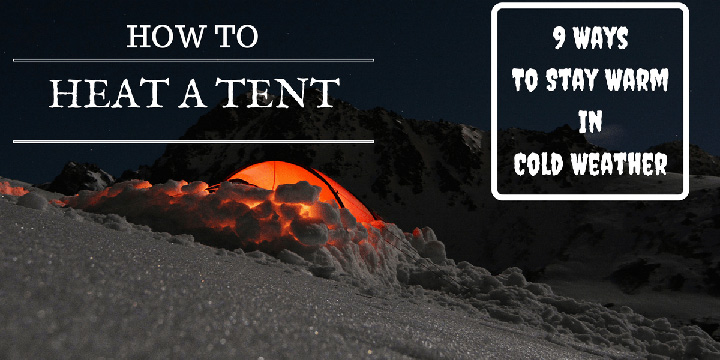

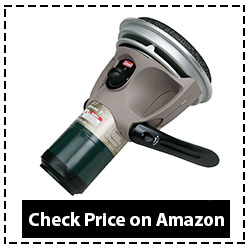


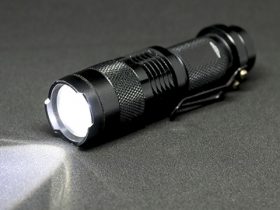
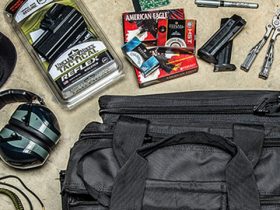
Leave a Reply